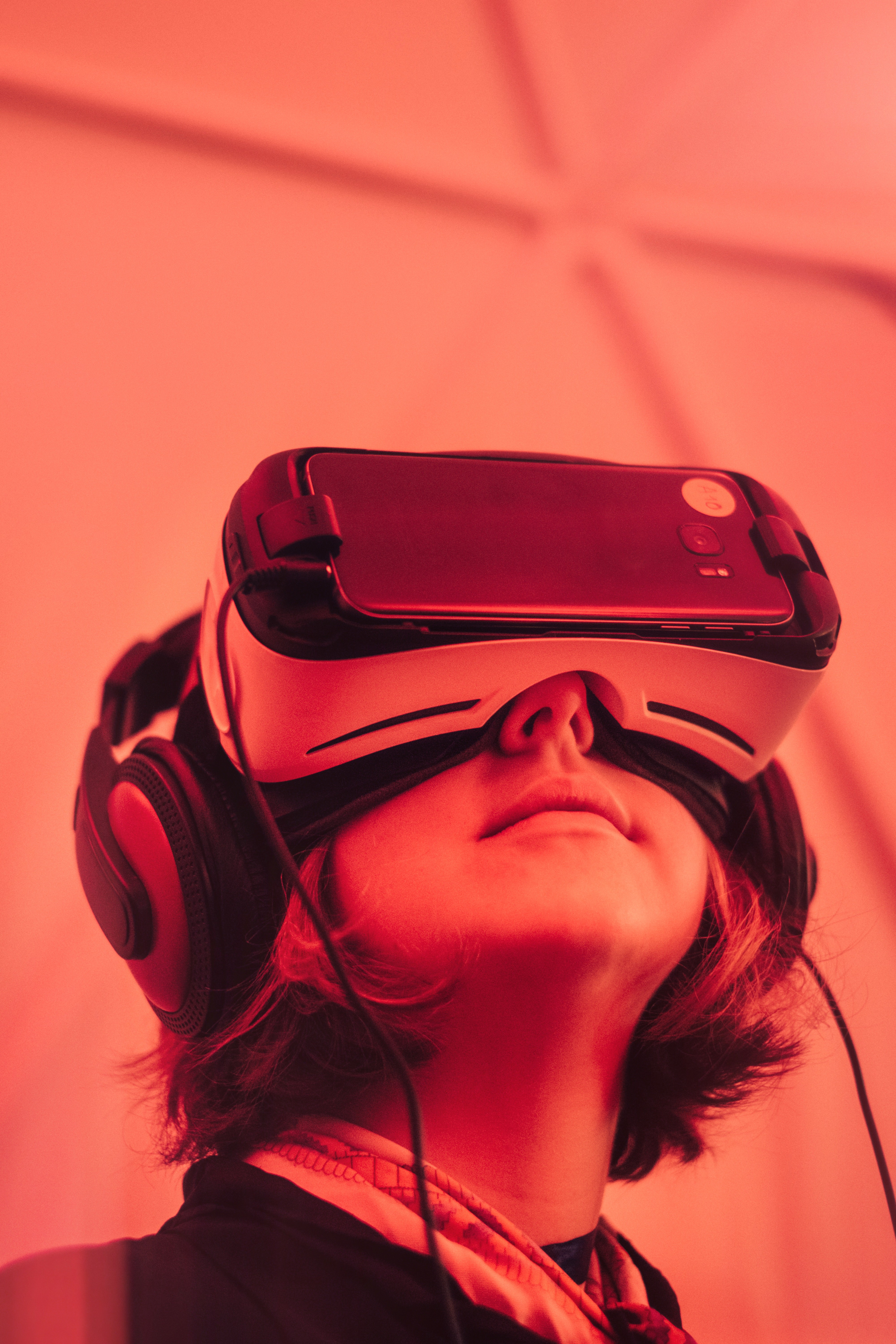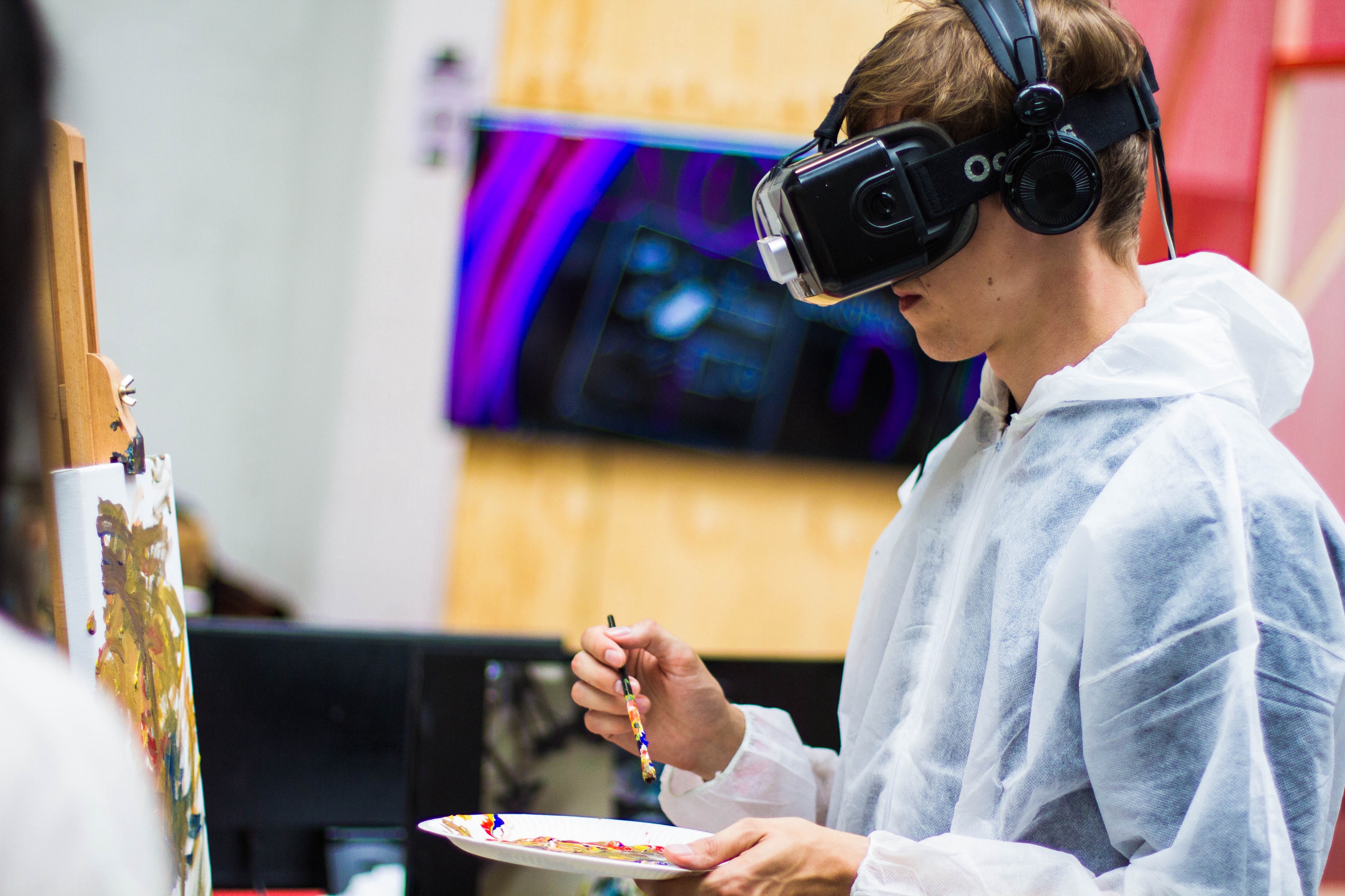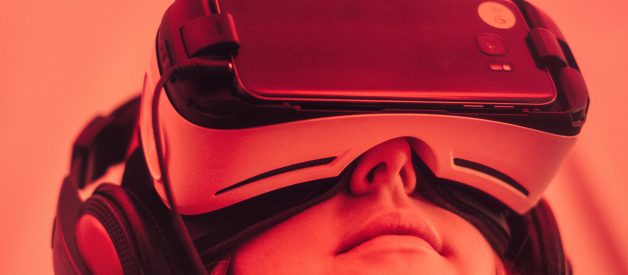What?s next on Artificial Intelligence, Augmented Reality, Robotics, Data & Visualization, and Blockchain
 Photo by Samuel Zeller on Unsplash
Photo by Samuel Zeller on Unsplash
Technology is moving at an incredible pace. We live in an amazing era where things like autonomous cars, personalized medicine, and quantum computing are becoming real as we speak. Artificial Intelligence, crypto-currencies, advanced automation, deep learning, and concepts like Universal Basic Income are about to reshape our world ? what an exciting era to live in!
The years to come will bring impressive technological breakthroughs with a massive impact on our lives, markets, and societies. In our connected world, with the unprecedented level of information, knowledge, and ideas exchange, innovation is happening continuously, at scale, and in several forms. It is driven by corporations, secret labs, universities, startups, research scientists, or simply by thousands of creative individuals across the globe.
It is not feasible to summarize the trends of technology and opportunities for innovation in a single article. Instead, I am listing below the areas I find most exciting to watch ? the most promising developments in the wider information technology spectrum. Here is my list:
1. Artificial Intelligence
Everybody is talking about Artificial Intelligence these days. And yes, in many cases, the topic is covered with exaggerations and hype. Fortunately, the overall A.I. progress and the pace of the underlying technological innovation easily justifies this hype. Consider the progress achieved in fields like Deep Learning and areas such as Computer Vision and Natural Language Processing.
 Photo by Ari He on Unsplash
Photo by Ari He on Unsplash
Computer vision is making huge steps, with massive applications in autonomous cars, navigation, robotics, pattern recognition, medical diagnosis, and more. Language Understanding has made tremendous progress as well ? recently reached the levels of human understanding ? Microsoft reports a word error rate of 5.9% which is equal to human performance on the same input.
Digital assistants become more and more intelligent, contextual, and proactive. At some point in the near future, your digital assistant will be able not only to handle your tasks and information requests but also to do respond with humor ? and this will be a major milestone for A.I.
Your digital assistant will know (and keep learning) the style of your humor and how it depends on the time of day, the day of the week, the social arrangement, the agenda of the day, and your implicitly quantified mood. Your digital assistant will be able to make decisions such as when to respond with humor when to proactively say something funny or trigger a humorous dialogue ? while always capturing its success via your responses (or lack of). It?s coming and it will be fun.
Considering the general availability of advanced cognitive technology (cloud-based commercial AI offerings via easy-to-consume APIs) and the low-cost integration scenarios, the AI-powered opportunities for innovation increase exponentially ? APIs and the cloud make it easy even for junior software developers to build cognitive apps, powered by advanced A.I. capabilities.
The Innovation Mode – Corporate Innovation Defined
A comprehensive guide to corporate innovation: from definitions, culture and ‘hacks’ to how AI empowers optimal?
www.theinnovationmode.com
As a developer, you just need to browse the commercial offerings by the tech giants such as Microsoft, Amazon, Google, Facebook, and the like and choose from a wide range of cognitive services to encapsulate into your application. Or, you can explore the open-source options on reusing and adapting advanced analytical and cognitive models. In any case, developers can now experiment with cognitive services in no time and at a low cost.
But, one could argue that, given that A.I. is driven by huge investments of those few technology corporations, the opportunity for innovation is rather limited. When it comes to A.I. I believe that the real opportunity for innovation is the actual approach in solving particular problems and how the cognitive services are utilized and combined; how the developer provides the right data and signals to empower better, smarter user experiences.
In the next couple of years, I expect to see significant innovations on how A.I. is used to solve major problems, for instance, the Fake news problem, security, and safety online, more accurate medical diagnosis, intelligent personalized experiences, and improved knowledge discovery.
Fake News: A Universal Solution
A Universal Solution for Fake News ? powered by Artificial Intelligence, DLT, and a Global Community
medium.com
Digital assistants will be able to communicate naturally. They will be able to seamlessly capture the context and respond proactively with smart recommendations, in the right form and optimal timing. Smarter homes will be able to adapt to ?situations? and the mood of particular individuals or the family as a whole.
2. Natural User Interfaces
It?s all about seamless experiences: voice-driven interactions ? not only voice commands but more advanced, natural dialogues and forms of communication combining multiple signals in meaningful, streamlined experiences.
Imagine being in your smart home, asking your digital assistance to ?provide more information about this?, where ?this? is resolved automatically by your Digital Assistant, using gaze analytics via connected cameras. This way your Digital Assistant understands what you were looking at when you asked the question.
Then, using object detection algorithms, concludes on the class of objects ?this? refers, to empower a natural and intelligent response and a meaningful conversation development.
Conversational experiences will become richer, more natural, and effective. Effective voice authentication is on its way. In the previous example, the system knows also who is asking, and thus the Digital Assistant is able to retrieve older sessions, questions asked and answers served, general patterns, and implicitly-stated preferences and interests. This will allow the Digital Assistant to not only better handle the particular question, but also to orchestrate a meaningful dialogue with certain optimization objectives. Voice-driven, advanced personalized experiences will be the next big thing in smart homes, smart cars, and connected open spaces.
At the same time, haptic offers significant opportunities for innovation. Haptic is about recreating the sense of touch by applying force feedback, vibrations, or motions to the user. Startups like Lofelt develop such applications for gaming, AR, VR, and entertainment while Ultrahaptics is working on ?invisible touchless interfaces?. And this is where AI, Natural user interfaces, AR and VR, and Touchless User interfaces based on Gesture Recognition are all blended together in smart, innovative scenarios empowering end-users.
The combination of multiple signals from the environment and also data through natural user interfaces creates significant opportunities for innovation: imagine a system that knows who the persons in a room are, where they are looking at, applies sentiment analysis on the actual discussion, movements and arrangement dynamics, and make decisions on providing advanced, content-driven personalized experiences.
And there are more senses for technology to digitize, synthesize and use in our real or augmented world experiences: artificial intelligence grows nose ? computer scientists have unveiled a set of algorithms able to predict the odor of different molecules based on their chemical structure. Applications could range from marketing, VR, rich content, up to a re-designed airport security strategy.
 Photo by Billetto Editorial on Unsplash
Photo by Billetto Editorial on Unsplash
3. Virtual Reality
The virtual reality (VR) technology is exploding. So are the opportunities for innovative experiences, use-cases, and products. Content creation for VR is a great opportunity with significant startup activity worldwide. VR startups are working across multiple domains and business scenarios, including E-commerce, gaming, social applications, learning and education, healthcare, online VR environments, and more. The next few years will bring impressive progress on all VR hardware, applications, and VR content.
4. Augmented Reality
Augmented reality is what we get when physical and digital worlds blend into a single experience. Typical examples are Microsoft HoloLens and Google Glass. Again, this is an area that will grow rapidly as the opportunity for innovation is unlimited: content experiences, content discovery, data exploration and visualizations, intelligent and contextual object annotation, dynamic physical world mapping and discovery, industrial applications for field workers ? are just some examples of the applications which will empower the ways we understand our world.
5. Analytics and Visualization
Data availability has exploded ? modern corporations have access to vast amounts of complex data, both internal and from the public domain. The breadth and depth of data available require new ways to summarize, visualize, and present data. Novel ways to experience data and insights could involve intelligent interactive synopsis and ?data navigation? systems, VR and AR experiences, voice-driven insights discovery, and ?personalized data exploration? scenarios. I do believe that there are great new ways to visually browse and understand data, discover and explore hidden structures, trends, and patterns.
6. Blockchain
Blockchain is one of the most disruptive technologies out there. Its distributed, decentralized, and immutable properties make it the ideal way to store and track data across numerous domains and use cases.
I see significant new applications and novel scenarios beyond crypto-currencies and fin-tech. Startups are already working on novel concepts that make sense to leverage blockchain. In the years to come, some of these will disrupt social, government, and even political aspects of our world ? for example here is an idea on how to leverage blockchain and related technologies like IPFS to set the basis for solving the Fake News problem.
 Photo by Francisco Gomes on Unsplash
Photo by Francisco Gomes on Unsplash
7. Robotics
Robots are already here, in one form or another. Regardless of the particular class ? humanoids, nano-robots, military, industrial, and so on ? the progress is impressive. On one hand, it is the advances in terms of hardware, sensors, and operating software; on the other hand, it is the progress of Artificial Intelligence which makes it possible to integrate cognitive services and dramatically increase Robot?s capabilities for real-time decision making.
In the near future, we will start to meet Robots with proactive behaviors, advanced context understanding, able to adapt to human sentiment, enforce ?personalities? and communication styles.
 Photo by Dominik Scythe on Unsplash
Photo by Dominik Scythe on Unsplash
Technology innovation can take many forms ? for instance, novel software implementing new algorithms and data processing models; or new hardware components (sensors, processors, components); or improved user interfaces offering seamless experiences; it can also happen at a higher level, in the form of new processes, business models, monetization engines, and so on.
And this is the real opportunity for the developers out there ? to combine all latest technologies and advances and build unique user experiences, empowering their end-users; to leverage reusable APIs and the capabilities of cloud computing, the rich content available in the public domain, the knowledge, the ideas, and even the global connected communities to make an impact by solving major problems in novel ways.
The book that helps leaders (re) define innovation
Defining innovation is tricky. Innovation labs and hackathons are not enough. Disruptive innovation and technology need?
www.theinnovationmode.com
Originally published in HackerEarth


